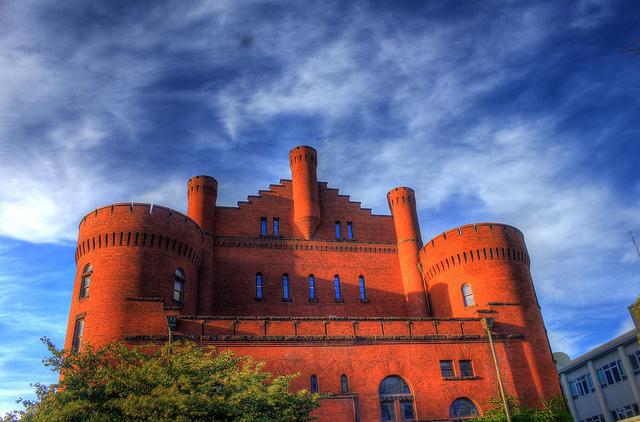University of Wisconsin students, faculty and community members explored the definition of intersectionality at a workshop in the Multicultural Center Thursday.
Social Justice educator and Crossroads Initiative coordinator Sheltreese McCoy led the workshop.
While most people understand intersectionality to be the convergence of the many different identities a person embodies, McCoy said there is a second component to intersectionality that is frequently forgotten.
Intersectionality, McCoy said, is about how a person and all of their identities interact with power, specifically institutional power like that of the law, an educational institution, like UW, or even the construct of whiteness itself.
Oftentimes, McCoy said people will use intersectionality as a stand-in for diversity. But she emphasized that diversity just means difference and isn’t equivalent to intersectionality.
Intersectionality is understanding that in our current culture, individuals can be forced to be recognized by one identity, such as race, essentially overshadowing the other components of their identity, including everything from their gender, faith or sexual orientation.
UW student receives death threats after debuting new clothing line
To illustrate how limiting it can be to try to define a person by just one identity, McCoy had everyone write their race, nationality, gender, spirituality, class status and any other identity most important to them on six pieces of paper.
She then instructed everyone in the group to shift through their six pieces of paper and rip up five of the identities until they were left with just one.
An individual in the group described the act of ripping up all but one of their identities as “visceral.”
McCoy likened the destruction of the identities to flattening their personhood.
“Some of us have to flatten ourselves on this campus until we’re nothing,” she said.
The power component of intersectionality, McCoy said, is when another person, usually someone in a position of power, assigns an individual a single identity, like their race, which ultimately determines how that individual is treated.
In the courtroom, this concept of intersectionality can explain whether a judge takes sympathy for one individual over another, especially if they have the same explanation.
On our campus, McCoy said intersectionality is about how students, faculty and staff interact with the leadership of the university.
“All of the power structures are operating all of the time,” McCoy said.
McCoy said taking the time to understand intersectionality demands that people are more compassionate and begin to contextualize individuals, rather than trying to place them in the silo of a single identity.













